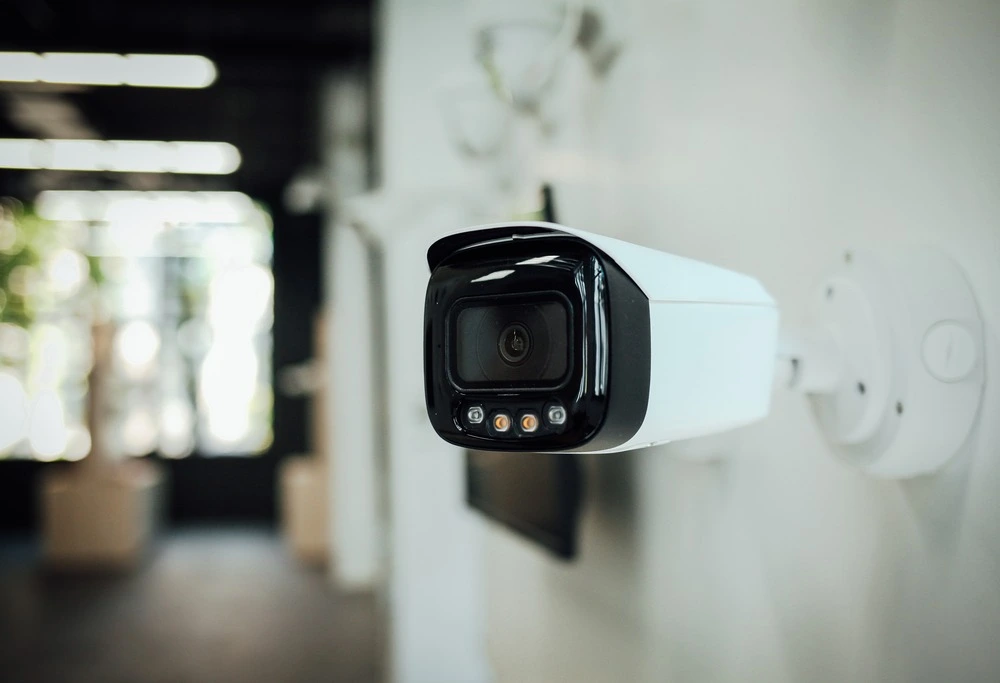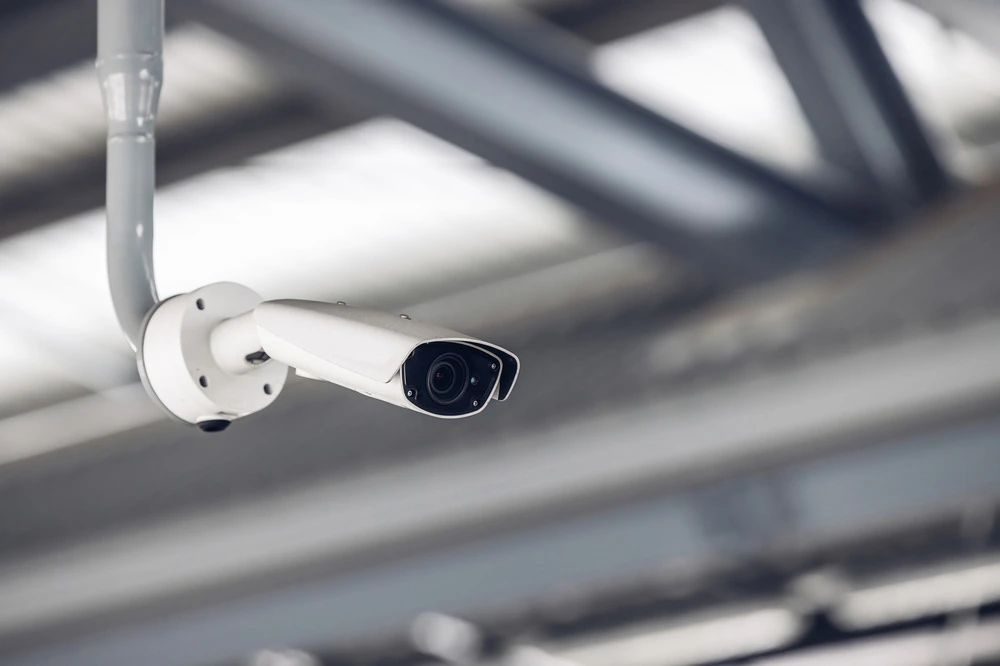


Reach out to us!
Start your AI journey today and let us help you understand your business better. Send us an email or book a meeting with one click!


Reach out to us!
Start your AI journey today and let us help you understand your business better. Send us an email or book a meeting with one click!
5th September 2024


Belle Williams
The COVID-19 pandemic dramatically reshaped the retail industry, forcing businesses to adapt to new realities and changing consumer expectations. One of the most significant shifts has been the heightened focus on health compliance, customer safety, and operational efficiency. Retailers have to rethink their strategies and implement technologies that not only ensure safety but also enhance the overall shopping experience. Within these innovations, Camera tracking has emerged as a critical tool, providing real-time data that informs everything from health protocols to resource allocation. The Merlin Cloud Team have explored how the pandemic has changed retail operations and how Camera tracking plays a pivotal role in creating safer, more efficient, and customer-centric environments in the post-pandemic world.
Introduction
How the pandemic changed retail operations
Benefits of Camera tracking for health compliance and customer safety
Impact on operational efficiency and customer experience
How real-time data from Camera tracking can inform staffing and resource allocation.
Conclusion
The COVID-19 pandemic brought significant changes to retail operations, reshaping the industry in several key ways.
Retailers implemented strict health and safety protocols, including mandatory masks, social distancing markers, hand sanitising stations, and capacity limits. These measures were essential to reassure customers and employees that shopping in-store was safe, even post-pandemic customers are still aware of these health protocols and some are still being implemented.
Retailers increasingly used AI and data analytics to predict consumer demand, personalise marketing, and optimise inventory. This helped them better navigate the uncertainties brought by the pandemic.
The pandemic heightened awareness around environmental sustainability and corporate responsibility. Consumers increasingly expect retailers to address these issues, leading to more eco-friendly products, packaging, and business practices.
Retailers revamped their loyalty programs to offer more value, such as personalised discounts, exclusive online access, and flexible reward options, to retain customers in a highly competitive environment.
Overall, the pandemic accelerated trends that were already underway in retail, forcing the industry to innovate and adapt at an unprecedented pace. These changes mean that it is imperative that retailers rethink the way in which they operate.
Camera tracking has become an essential tool for health compliance and customer safety and is only continuing to be demanded. As the importance of health and safety continues to grow, Camera tracking stands out as a vital component of modern business operations.
Camera tracking helps businesses comply with local health regulations that may mandate capacity limits in public spaces. This is crucial during times of health crises like the COVID-19 pandemic, where maintaining a certain level of social distancing is necessary to reduce the spread of disease.
By using technology to monitor occupancy levels in real-time, businesses can automate compliance, reducing the risk of human error. This can also alleviate the burden on staff who might otherwise be tasked with manual counting and monitoring.

Real-time data from Camera tracking systems allows businesses to make informed decisions quickly, such as adjusting store hours, staffing levels, or implementing entry restrictions when necessary to maintain health standards.
Camera tracking ensures that spaces do not become overcrowded, which can increase the risk of disease transmission, accidents, or other safety hazards. By maintaining safe occupancy levels, businesses can create a safer environment for customers.
In the event of an emergency, accurate Camera data can help first responders assess the situation quickly and efficiently. Knowing how many people are in a building and their locations can be crucial for effective evacuation and emergency management.
With real-time data, businesses can better allocate resources like cleaning services, security, and customer service based on the number of people in a space, ensuring that customer needs are met efficiently.
Camera data can be integrated with health apps and contact tracing systems, providing another layer of protection by monitoring and controlling access based on health status or recent contact history.
The benefits of Camera Tracking in Health Compliance and Customer Safety depend on the efficiency and standard of product provided.
Camera tracking significantly enhances both operational efficiency and customer experience in post-pandemic retail operations. By providing real-time data on the number of customers in a store, retailers can optimise staffing levels, ensuring that there are enough employees available to assist customers without overstaffing during quieter periods. This balance not only reduces labour costs but also improves service quality, leading to faster checkouts and more personalised customer interactions. Additionally, by preventing overcrowding, Camera tracking creates a more comfortable and safe shopping environment, which is crucial for building customer trust and loyalty in a health-conscious world. The ability to monitor and manage customer flow also allows retailers to identify peak shopping times and optimise store layouts accordingly, further enhancing the overall shopping experience. Camera Tracking serves as a vital tool for retailers looking to streamline operations while prioritising the safety and satisfaction of their customers.
Real-time data from camera tracking systems provides invaluable insights that can significantly improve staffing and resource allocation in retail operations. By monitoring the number of customers in a store at any given time, retailers can dynamically adjust staffing levels to meet actual demand, ensuring that there are enough staff members available during peak periods while avoiding overstaffing during quieter times. This data-driven approach not only optimises labour costs but also enhances customer service by reducing wait times and ensuring that customers receive the attention they need. camera data allows retailers to allocate other resources more effectively, such as adjusting cleaning schedules, restocking efforts, and even security measures based on the current or anticipated foot traffic. By using real-time camera data, retailers can create a more efficient, responsive, and customer-focused operation, ultimately leading to better performance and higher customer satisfaction.
The COVID-19 pandemic has undeniably transformed retail operations, driving rapid innovation and adaptation across the industry. From the implementation of stringent health and safety protocols to the increased reliance on AI, data analytics, and sustainability practices, retailers have been forced to rethink and remodel their approaches to meet the evolving demands of consumers. Among these adaptations, camera tracking has emerged as a critical tool for ensuring health compliance, enhancing customer safety, and improving operational efficiency. By using real-time data, retailers can not only safeguard the well-being of their customers and staff but also streamline their operations to meet fluctuating demands effectively.
As the retail landscape continues to evolve in the post-pandemic era, the integration of technologies like camera tracking will be crucial for businesses aiming to stay competitive and responsive to consumer needs. Retailers who embrace these changes will be better positioned to offer safer, more personalised, and more efficient shopping experiences, ultimately fostering greater customer loyalty and long-term success in an increasingly complex and health-conscious market. The lessons learned and innovations developed during the pandemic will undoubtedly continue to shape the future of retail, making it essential for businesses to remain agile and forward-thinking in their operations.
If you want to find more about how Camera Tracking can help your stores efficiency, contact the Merlin Cloud Team today.